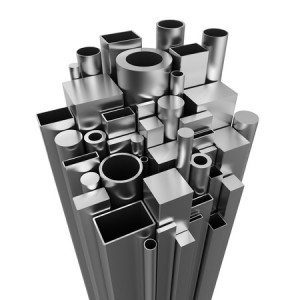
| Updated February 4, 2020Like aluminum, there are a variety of different stainless steels. You probably can’t tell them apart with the naked eye, but at the microscopic level there are significant differences. In all, there are over 100 different kinds, but only six of them are regularly utilized in industrial applications. Here’s a quick look at the difference between 304 and 316L:
Stainless steel 304. This is one of the most commonly utilized stainless steels. It is structurally sound, great for construction jobs and holds up well in most conditions. Any time you see stainless steel railings, metallic piping or non-corrosive liquid storage tanks, it is 304 steel. The only downside to 304 stainless steel is that it slowly corrodes and will eventually show signs of wear and tear.
Stainless steel 316L. 304 becomes 316L when an alloy called Molybdenum is added to the mix. Molybdenum is the “Super Man” of the alloy world. It increases the strength of stainless steel and also makes it more durable in harsh and corrosive environments. Because it holds up well in extreme conditions, 316L stainless is used for a number of chemical and industrial applications. Have you seen ocean-based oil rigs? A good portion of their structure is comprised of 316L stainless steel. Containers holding toxic or acidic chemicals are generally 316L. Because of its strengthening properties, 316L typically costs more than 304.
The next time you’re out and about, see if you can guess which structures utilize 304 and which use 316L.